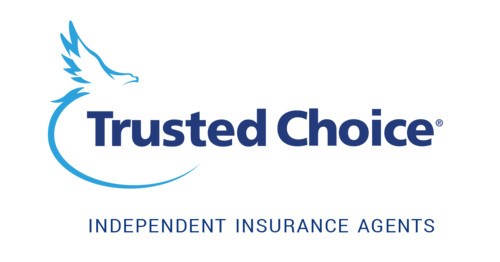
What Ohio and Indiana Drivers Need to Know
Auto liability limits can be broken down into two types: split limits and combined single limits. The most popular of the two is split limits.
Split limits coverage usually looks something like this: 100/300/100 or 100,000/300,000/100,000. If you have this type of coverage, the “splits” are broken down as follows:
The first split, or number, is the maximum amount of bodily injury coverage you have for a single person. In the example above, you would have $100,000 coverage per person.
The second limit is the maximum bodily injury coverage you will have for the entire accident, regardless of the number of people injured, which is $300,000 in the example.
The third and last split is the property damage maximum of your policy.
The second type of coverage, combined single limit coverage, does away with the per person/per accident and the property damage divide, and simply offers a “single limit” of coverage to be used for all the damages of the incident. Single limit coverage is considered a broader form of coverage and therefore will usually cost more in premium.
It is necessary to note that it’s often customary, at least with most professional agencies and companies, to have matching limits of uninsured and underinsured motorist. Therefore, if you have 100/300/100 limits on your liability, you will likely have the same 100/300 limits for your un- and underinsured motorist protection.
When considering the cost of increasing your policy coverage limits, it is good to keep in mind that it’s normal for higher limits of coverage to cost less per $1000 as you go up the coverage scale. For instance, it will likely not cost you twice as much to have 250/500/250 coverage, which is about twice as much in protection as 100/300/100. In some instances, you may even find that premiums are equal, or in some rare cases, less at the higher limits. It may sound strange, but some insurance companies look at customers that request higher levels of coverage as a better-quality risk to insure.
It is often said in the insurance industry that one should insure themselves at a limit sufficient enough to cover their assets or their net worth. As you accumulate assets in life, don’t forget to consider (and reconsider every few years) your liability protection limits. Protecting the things you work hard for such as your home, your bank accounts, and retirement accounts should be forefront in your decision of what is enough.
An Independent insurance agent is a great source of information when choosing the correct liability limits. Use their years of knowledge to help you decide what is best for your budget and your coverage needs.


